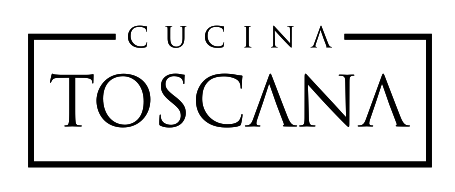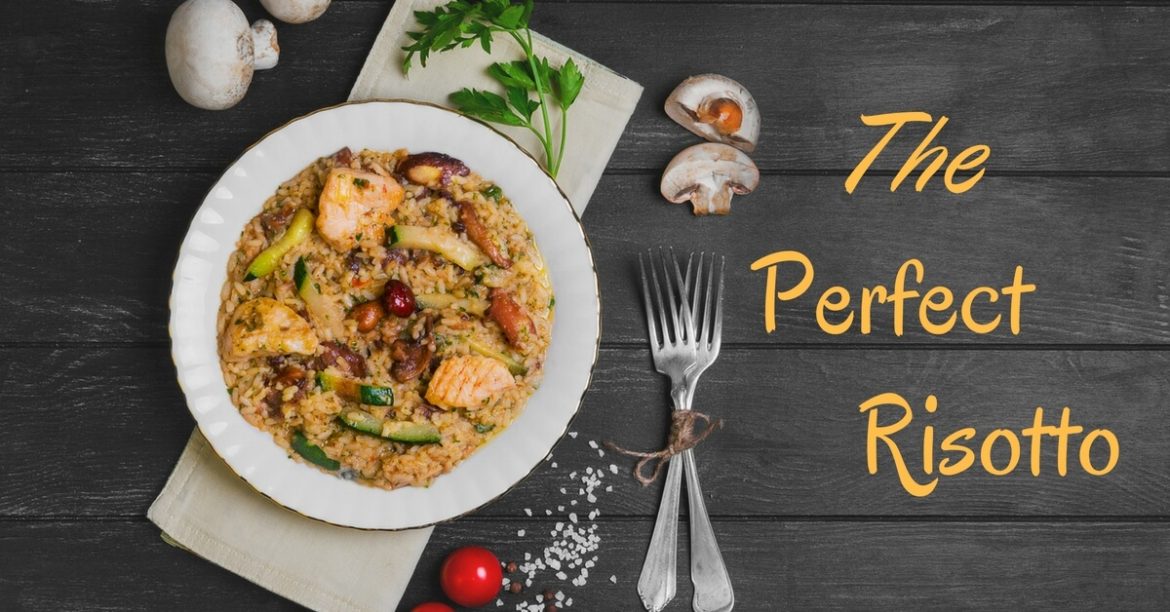- Tomatoes: A Taste of Summer - July 26, 2017
- The International Origins of Pasta - July 12, 2017
- A History of Italian Americans in Salt Lake City - June 29, 2017
If you’ve watched reality TV cooking competitions, from Top Chef to Hell’s Kitchen, then award-winning chef Gordon Ramsay has made it very clear how difficult it is to cook the perfect risotto. From texture to seasoning, it seems like the test of a true chef.
Outside the kitchen, risotto has popped up recently in an email from Clinton campaign manager, John Podesta, discussing the process of making risotto, from the slow cooking process to the proper absorption. (read more here) Podesta’s method has also been disputed, and it has been suggested that his energy is better spent focused on politics – rather than dishing out risotto. (wikileaks)
No matter where you stand, no one can dispute that a bowl of perfectly cooked risotto is a true delight, a favorite comfort food of many. What is it about risotto that makes it so tricky – and so delicious?
What is risotto?
“Risotto has a reason,” says Marcella Hazan, the late famed Italian chef. “Look carefully. Each grain has two starches: the translucent outside is amylopectin, the inside is amylose. They react differently to heat and moisture. The inside expands while the outside dissolves. That’s why you must keep stirring risotto.”
Risotto is a creamy, first-course Northern Italian dish, derived from its main ingredient, riso, or rice. Short-grain rice varieties, which are higher in starch, are preferred when cooking risotto. Rice varietals include the popular Arborio, as well as Carnaroli, Maratelli, and Vialone Nano (the three best and most expensive of short-grain rice crops).
Risotto should, like pasta, reach a specific level of tenderness, without crossing the threshold into being overcooked.
Preparing Risotto
Depending on the variety of rice, there are slight differences in cooking method. For the most part, there is a general preparation of risotto that is agreed upon. We’ll look to Ms. Hazan – wo was originally trained as a scientist! – again for guidance.
“You never wash the rice first,” she says, “because you need that starch to make it creamy.”
The raw rice sautéed with butter, oil, and chopped onions in a deep saucepan, and then stock – or water, even – is added. According to Ms. Hazan, “You cannot make risotto in a frying pan…it goes too fast…My students are always asking when to add liquid. When it’s dry, I tell them. And no salt yet. Butter is salty. Broth is salty. Enough. And you cook it over high heat. The broth is always simmering.”
Essentially, broth is added and the risotto is stirred – and stirred – and stirred – while more broth is added – until it reaches the perfect al dente consistency. More butter and cheese is added after it is done, according to taste. Risotto should not be clumpy – the individual grains should remain separate. As a primo – or first course – risotto should be served hot and eaten at once, as it could dry quickly.
Regional Variations of Risotto
As with all Italian dishes, risotto differs depending on the region of Italy – though it originates in the North.
Risotto alla Milanese is made with beef stock and bone marrow, and colored with saffron, while in Piedmont, risotto is cooked with red wine and sausage or beans. In northeastern coastal Veneto, risotto is prepared with cuttlefish, whose ink-sacs turn the rice grains black. This dish is known as Risotto al nero di sepia. Also in Veneto, risi e Bisi is a spring-time risotto preparation, served almost as thick as soup, using fresh green peas and flavored with pancetta.
Regardless of the region, the preparation of risotto is a special one, and is also quite time and energy-consuming!
Risotto at Cucina Toscana
If you’re a home cook, risotto is a fun challenge and worth the effort!
But if that constant stirring has got your arms tired, come visit us at Cucina Toscana. We offer a daily preparation of risotto – Risotto del Giorno – as well as Risotto Verdura, a creamy risotto served with parmesan, zucchini, mushrooms, asparagus, and tomato.
Book your table at Cucina Toscana
Let us do the hard work for you. Book your table today at our friendly Salt Lake City location!
(801) 328-3463

